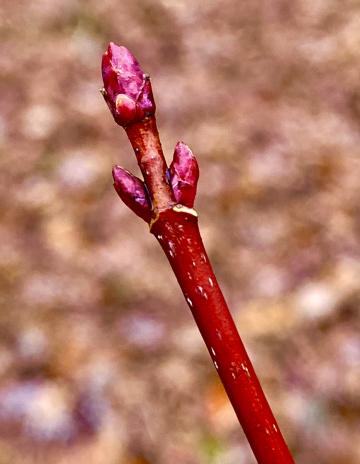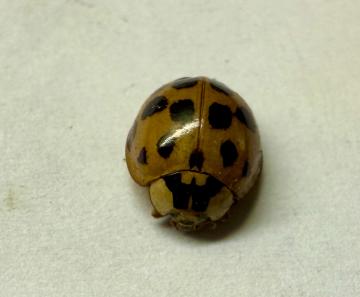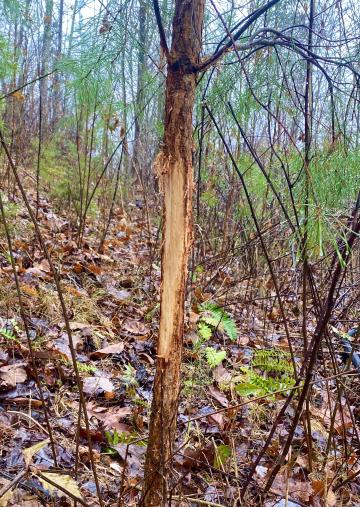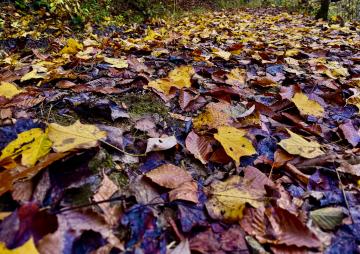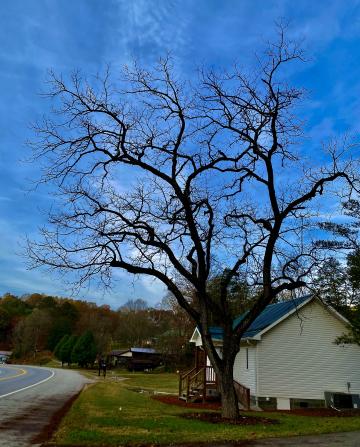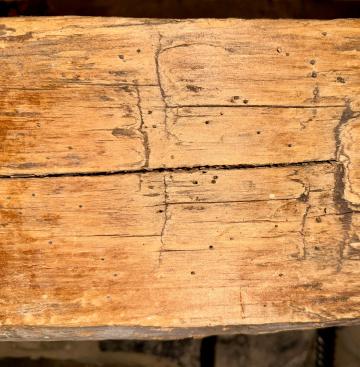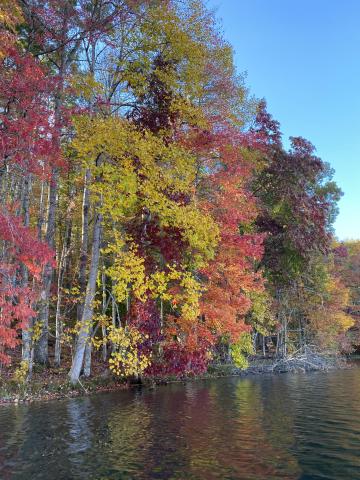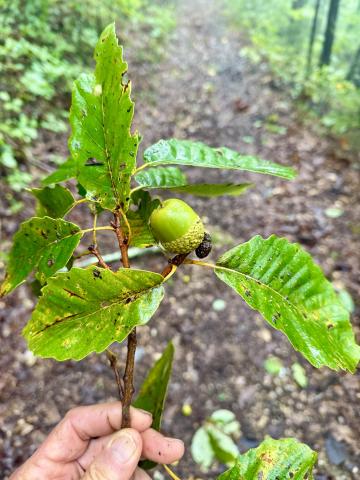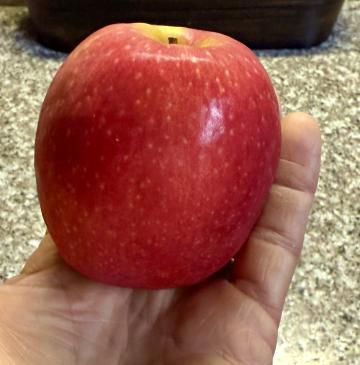The Flora and Fauna of Christmas
We often come up with mind games to pass time with our grandkids on extended road trips, and being the Christmas season, we recently played a guessing game that involved plants and animals associated with Christmas. It was interesting enough that I decided to share the list and researched how certain plants and animals became synonymous with Christmas.
Christmas Tree: Germany is credited with starting the tradition of Christmas trees as we know it back in the 16th century but using evergreens for winter decorating goes back to early Roman times. Initially, trees were decorated with edible ornaments such as apples, nuts, and other foodstuffs. Candles were later used to mimic stars on a moonless night, which later went electric. It might interest you to know that in a survey taken in 2004 concerning favorite smells, real Christmas trees in the house came in 8th place.
Holly: the bright red berries and green foliage during the drab winter months helped holly become a colorful decorating tradition.
- Read more about The Flora and Fauna of Christmas
- Log in to post comments

